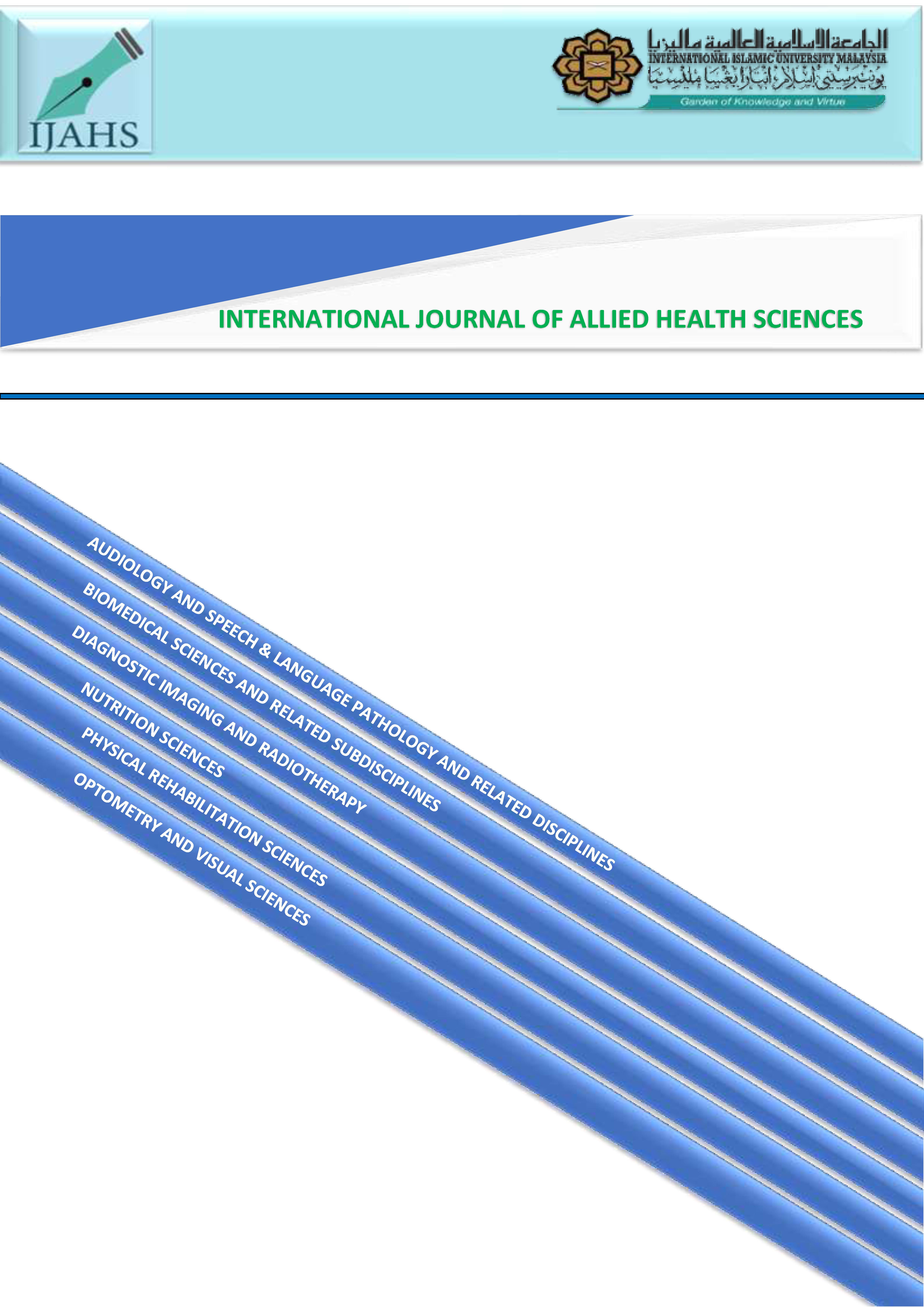Role of X-ray CT, Plain Radiography and Ultrasound Imaging in Diagnosing COVID-19: A Narrative Review
Role of Medical Imaging in Diagnosing COVID-19
DOI:
https://doi.org/10.31436/ijahs.v7i2.776Abstract
Introduction: The world was shocked by the emergence of a new virus that caused severe infection of the respiratory system called SARS-CoV-2, commonly known as COVID-19. It is believed that RT-PCR is the primary diagnostic tool used in tandem to determine the status of someone suspected of having COVID-19. However, RT-PCR gives significant false-negative results, showing the need for additional diagnostic measures. Therefore, other diagnostic tools such as plain radiography, X-ray CT, and ultrasound (POCUS) have been considered to be used in the approach of diagnosing COVID-19 in conjunction with the RT-PCR test. This review paper aimed to investigate the importance of medical imaging modalities like X-ray CT, plain radiography, and ultrasound imaging in diagnosing COVID-19. Methods: A large number of articles have been published about the various tools to investigate the status of COVID-19 infection, including the imaging modalities. The search criteria for this review include articles and reports published recently on diagnostic imaging specialties for the detection of COVID-19. Various databases such as PubMed, Scopus, Google Scholar, and Mendeley were used. Results: These modalities have different diagnostic accuracy to diagnose the presence of COVID-19 with the higher sensitivity of X-ray CT, plain radiography, and point-of-care ultrasound (POCUS) imaging in a descending manner. Even though medical imaging methods are helpful for COVID-19 screening, the virus is typically not detectable in its early stages. Conclusion: The imaging methods should not be used as a stand-alone method to determine if a person has COVID-19 or not; rather, they should only be used for follow-up.


